Starburst connectors feature matrix#
The Starburst Enterprise platform (SEP) includes numerous connectors. They can be separated into three categories:
Exclusive connectors enable access to more data sources, and are only available with SEP:
Improved connectors extend the open source Trino connectors with performance improvements, security features and other addons:
Hive connector, optionally using Starburst Warp Speed
Iceberg connector, optionally using Starburst Warp Speed
Community connectors are the same as the connectors available from the open source Trino project. Starburst provides support for the Black Hole, JMX, Memory, System, TPCDS and TPCDH utility connectors. Support is available through the Trino community for all others.
The following sections provide details about all these connectors and and their key features.
Connector functionality#
The connector functionality tables below shows the different features available for Trino and SEP connectors.
Label/symbol |
Description |
|---|---|
Connector is available for Trino |
|
Connector is only available with SEP, not available with Trino |
|
identical |
Connector included in SEP is identical to the Trino connector. |
license required |
Connector requires a license. All connectors are included in SEP, and some can be used without a license. |
no license required |
Connector is available with SEP, includes enhancements, and usage does not require a license. |
licensed add-ons |
Connector is available with SEP, includes enhancements, and license is required to activate these additional features and performance enhancements. |
parallelism |
Connector distributes query processing across workers, and uses many connections to the data source at the same time for increased overall performance |
table statistics |
Connector includes support for table statistics that can be used by the cost-based optimizer for increased query processing performance |
managed statistics |
Connector includes support for managed statistics that can be used by the cost-based optimizer for increased query processing performance |
pushdown |
Connector supports pushdown, dynamic filtering and related performance improvements, the label (enhanced) means that additional pushdown features are included with SEP |
dynamic row filtering |
Connector uses dynamic filters to remove unnecessary rows during a table scan. |
user impersonation |
Connector supports User impersonation |
Kerberos authentication |
Connector supports Kerberos authentication |
Kerberos credential pass-through |
Connector supports pass-through of Kerberos authentication credentials to the underlying data source |
password credential pass-through |
Connector supports pass-through of password authentication credentials to the underlying data source |
OAuth 2.0 token pass-through |
Connector supports pass-through of OAuth 2.0 access tokens to the underlying data source |
JWT pass-through |
Connector supports pass-through of JSON Web Tokens to the underlying data source |
AWS IAM authentication |
Connector supports Amazon IAM authentication and policy management |
NTLM authentication |
Connector supports NTLM authentication |
If a feature, such as pushdown is mentioned in the Trino and the SEP column, this means that some pushdown support is available with Trino, while SEP includes further improvements.
Additional features, beyond the listed ones, are described with short, italicized names and detailed in the relevant connector documentation.
Distributed object storage connectors#
Distributed object storage system include proprietary systems such a BigQuery or Delta Lake, as well as many object storage or cloud data storage systems, such as S3 and compatible systems. These are often using the Hive connector.
Use the label list and and other information to read the table content.
Connector name |
Trino key features |
SEP key features or extensions |
|---|---|---|
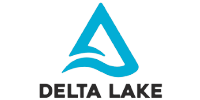
|
|
|

|
|
|

|
|
|

|
|
RDBMS connectors#
RDBMS connectors support proprietary and open source relational database management systems (RBDMS), as well as services that offer such databases as a service. These systems expose data in the typical tabular format supported by SQL.
Use the label list and and other information to read the table content.
Connector description |
Trino |
SEP |
|---|---|---|

|
|
|

|
|
|
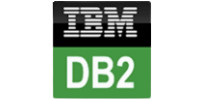
|
|
|
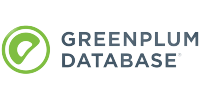
|
|
|

|
|
|

|
|
|

|
|
|
Starburst MaxCompute connector 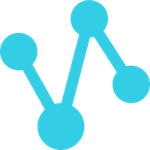
|
|
|

|
|
|

|
|
|
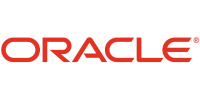
|
|
|

|
|
|

|
|
|

|
|
|

|
|
|

|
|
|
|
||
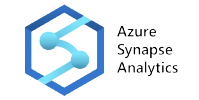
|
|
|
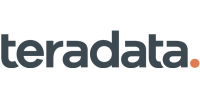
|
|
|
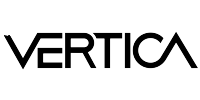
|
|
|
|
Key-value store connectors#
Key-value store connectors support systems that store data in key-value pairs, and provide access via SQL or custom APIs.
Use the label list and and other information to read the table content.
Connector description |
Trino |
SEP |
|---|---|---|

|
|
|

|
||

|
|
|
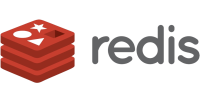
|
|
|
Stream-processing system connectors#
Stream-processing system connector provide access to the data that flows through these systems.
Use the label list and and other information to read the table content.
Connector description |
Trino |
SEP |
|---|---|---|
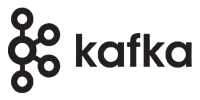
|
|
|
Document-oriented database connectors#
Document-oriented database connectors support systems that store data in more or less structure documents in various formats including JSON.
Use the label list and and other information to read the table content.
Connector description |
Trino |
SEP |
|---|---|---|

|
||

|
|
|

|
|
|

|
|
|

|
|
|
Other connectors#
A number of connectors are support systems that cannot be added to the earlier sections are are listed in the following table.
Use the label list and and other information to read the table content.
Connector description |
Trino |
SEP |
|---|---|---|
|
||

|
|
|

|
|
|
|
||
|
||
|
|
|

|
|
|

|
|
|
Starburst Salesforce connector 
|
|
|

|
|
|
|
|
|
|
|